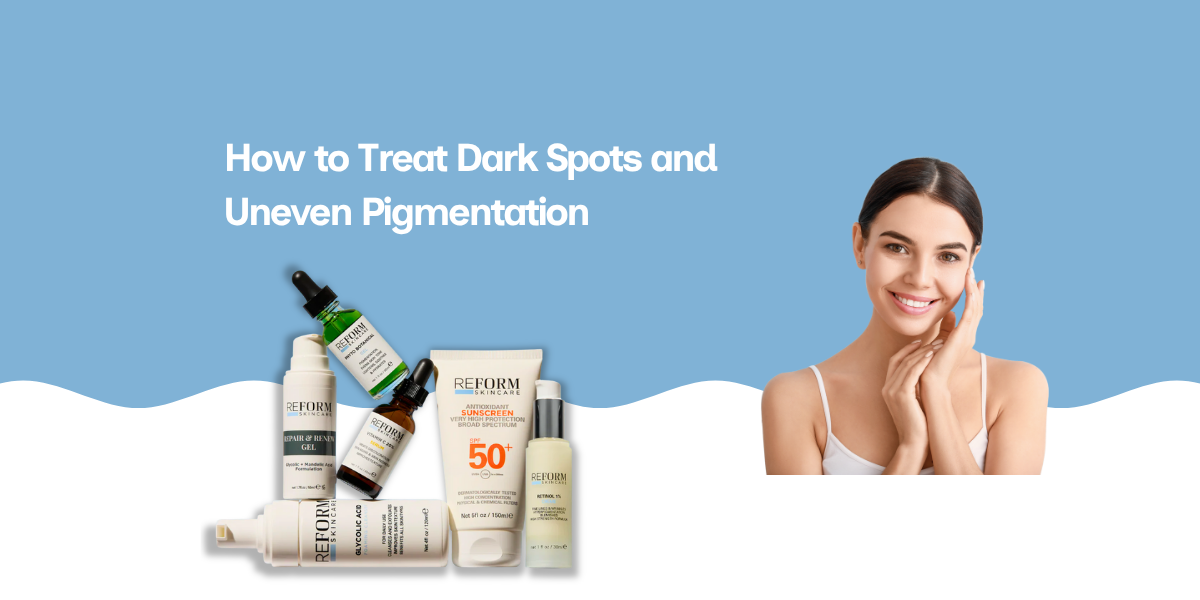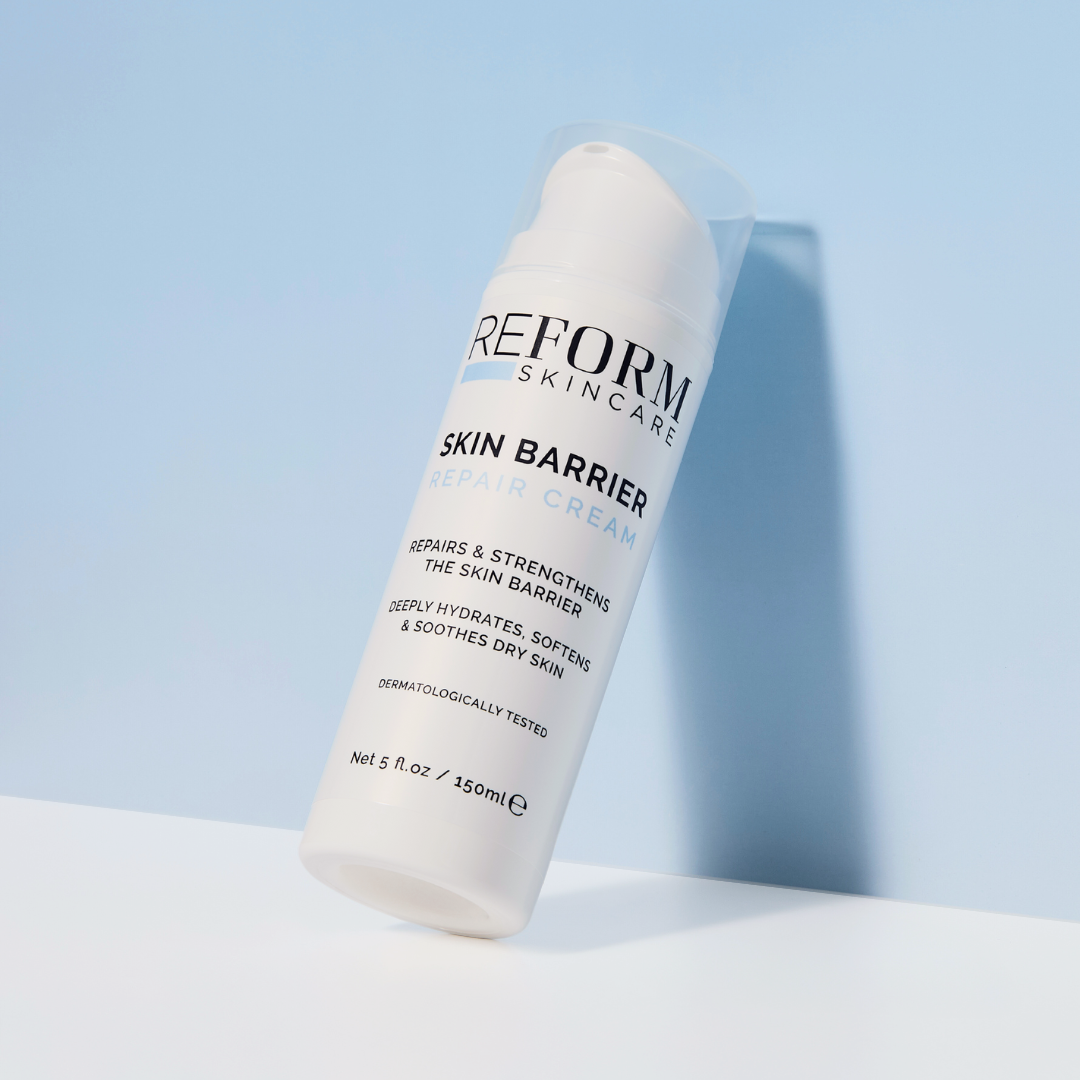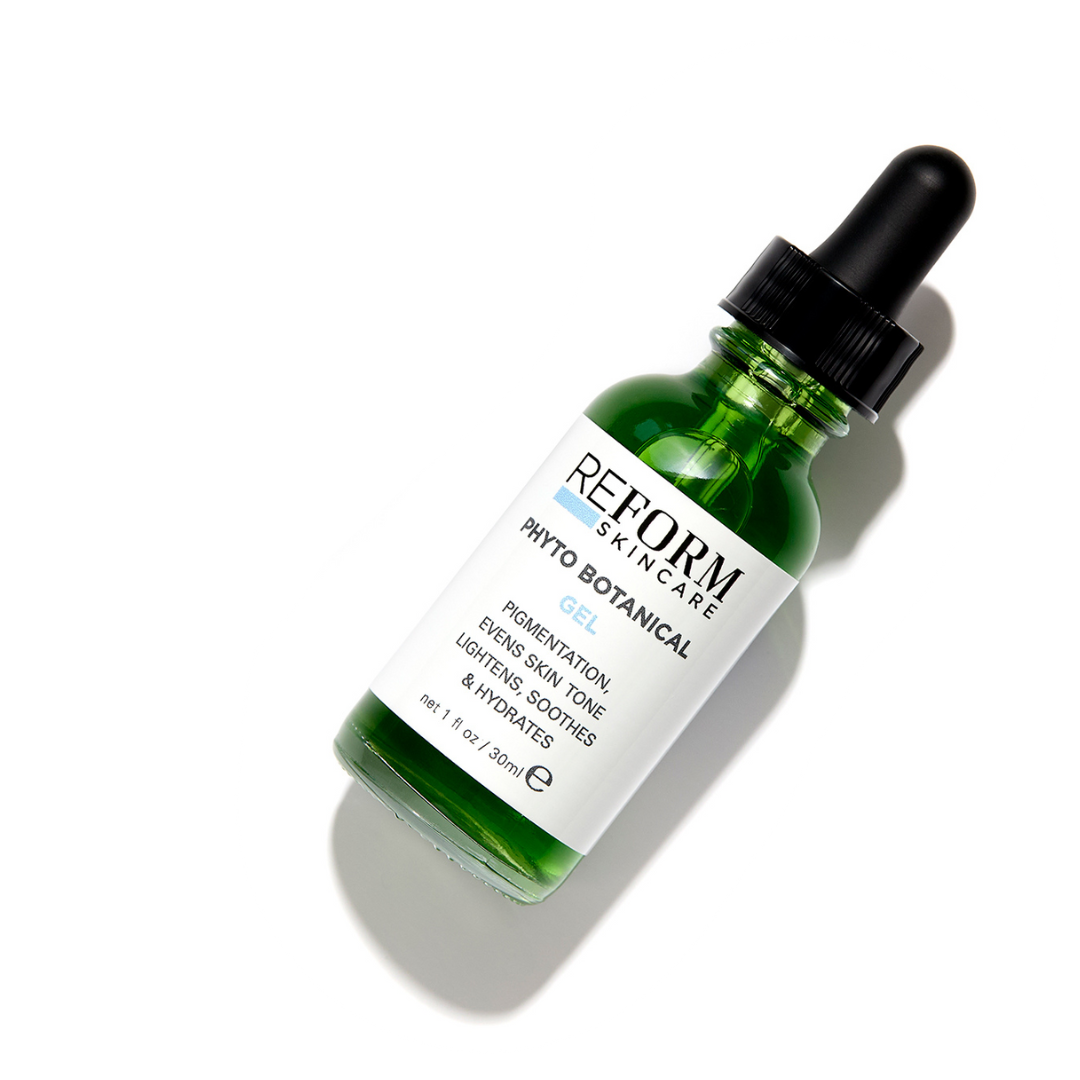Dark spots and uneven pigmentation are common concerns that can appear even if you follow a good skincare routine. They form when the skin produces excess melanin, often due to sun damage, acne scars, hormonal shifts, or genetics. While harmless, these marks can feel stubborn and affect your confidence.
The good news is that dermatologists recommend proven ingredients that help fade them over time. With patience, consistency, and the right approach, you can improve skin clarity and achieve a more even tone. In this guide, we'll explore dermatologist-approved skin pigmentation and dark spots treatments, explain how they work, and share tips on using them safely for visible results.

Understanding the Basics: Why Dark Spots Appear
Before we examine the ingredients of a hyperpigmentation treatment cream, it's essential to understand what dark spots, also known as hyperpigmentation, actually are. They form when your skin makes too much melanin, the natural pigment that gives skin its colour. This occurs when specific triggers, such as sun exposure, inflammation, or hormonal changes, signal your pigment cells (melanocytes) to work overtime, resulting in patches of darker skin.
There are different types of pigmentation:
- Sun spots (solar lentigines): Caused by years of UV exposure.
- Post-inflammatory hyperpigmentation (PIH): Dark marks left after acne, injuries, or irritation.
- Melasma: Symmetrical patches linked to hormones, often worsened by UV and heat.
Because pigment often sits deeper in the skin, fading takes months, not days. That's why dermatologist-approved ingredients focus on slowing melanin production, speeding up cell turnover, or blocking pigment transfer, all while keeping your skin barrier healthy.
Top Dermatologist-Backed Ingredients for Fading Dark Spots
Here's a list of power ingredients, like Vitamin C 20 serum, often recommended by dermatologists. Always patch test when introducing something new, and use sunscreen daily (SPF 30–50+).
| Ingredient | How It Helps | Tips / Considerations |
|---|---|---|
| Vitamin C (L-ascorbic acid or stable derivatives) | Inhibits the enzyme tyrosinase (which helps make melanin), brightens dull areas, and offers antioxidant protection | Use in the morning under SPF. Good concentrations range from 5–20%. Some derivatives (e.g., tetrahexyldecyl ascorbate) are gentler. |
| Niacinamide (Vitamin B3) | Reduces transfer of pigment to skin cells, so existing and forming spots are less noticeable | Gentle for most skin types; a 5% niacinamide serum is common. |
| Azelaic Acid | Anti-inflammatory and gently brightening; particularly useful in PIH and acne-prone skin | Use 10–20% formulations. Some dermatologists even recommend it during pregnancy with supervision. |
| Kojic Acid | Natural inhibitor of pigment formation; useful for spot treating | Best at low concentrations (1–2%) to avoid irritation. |
| Arbutin (especially α-arbutin) | Milder alternative to hydroquinone; inhibits tyrosinase | In the EU, facial creams often cap arbutin ≤ 7%. |
| Tranexamic Acid (and derivatives like cetyl tranexamate mesylate) | Acts on pigment pathways, especially in stubborn/discolouration areas | Found in newer brightening serums. |
| Retinoids / Retinol | Speeds skin renewal; helps shed pigmented cells sooner; also improves texture and supports collagen | Start with low strength (0.25–0.3 %) 2–3x per week, then increase as tolerated. Use at night only. |
| Hydroquinone (under prescription) | Strong “spot-light” agent; often considered a gold standard in stubborn cases | In the UK and many countries, it is regulated. Only use under dermatologist's supervision, avoid long continuous use. |
Important cautions: Some actives (like hydroquinone, high-strength retinoids) are more aggressive and may cause irritation, redness, or sensitivity. They require careful use and often medical supervision, particularly for sensitive skin, darker skin types, or during pregnancy.
How to Build a Safe, Effective Routine
Here's a sample framework. You don't need every single person to be active; it's better to go slow, introduce all active people one by one, and monitor how your skin reacts.
Morning Routine
- Gentle cleanser
- Vitamin C or other antioxidant serum
- Niacinamide / mild brightener (if using)
- Moisturiser
- Sunscreen (SPF 30–50+) — non-negotiable
Evening Routine
- On nights you're using retinol/retinoid:
- Gentle cleanse
- (Optional) Niacinamide or calming serum
- Retinol/retinoid
- Moisturiser
- On nights without retinol:
- Cleanse → active brightener (e.g., azelaic acid, arbutin, tranexamic acid) → moisturiser
Additional Notes
- Always patch test new active ingredients, like retinol cream for pigmentation behind the ear or on your inner arm for 3–4 nights.
- Introduce only one new active ingredient at a time (so you can spot which one if irritation arises).
- Avoid layering too many exfoliants (e.g., AHA/BHA + retinoids + acids) until your skin barrier is strong.
- Monitor for signs of overuse: stinging, flaking, excessive dryness. Pull back frequency if needed.
How Long Does It Take to See Results?
Treating pigmentation is a slow process. Here's what to expect:
- Weeks 2–4: Subtle lightening or glow, less dullness
- Weeks 8–12: Gradual fading of lighter spots
- Months 4–6 (or more): More pronounced improvement, especially for deeper spots
Consistency is key. Sometimes results plateau, and that’s when dermatological treatments (chemical peels, micro-needling, laser) can help complement your topical routine.
When to See a Dermatologist
There are times when you can not rely on yourself or only on home care. So, here is when to seek a dermatologist:
- The pigmentation is new, rapidly changing, or darkens
- You suspect melasma or hormonal pigmentation
- You're not seeing improvement after 6–12 months
- You want in-clinic treatments (peels, IPL, lasers)
- You want prescription treatments like hydroquinone or triple therapy
A dermatologist can assess your skin type, depth of pigmentation, rule out underlying causes, and suggest safe, tailored treatments.
Conclusion
Dark spots and uneven skin tone can take time and patience to treat, but the right ingredients make a real difference. Using products with Vitamin C, niacinamide, retinol, or azelaic acid, and always protecting your skin with sunscreen, can help you get brighter, more even skin. Remember, start slowly, introduce one new product at a time, and give your skin a few months to show results. And if your dark spots don't improve or you're unsure what's best for you, seeing a dermatologist is the safest way forward.
With consistency and care, clearer skin is possible.


